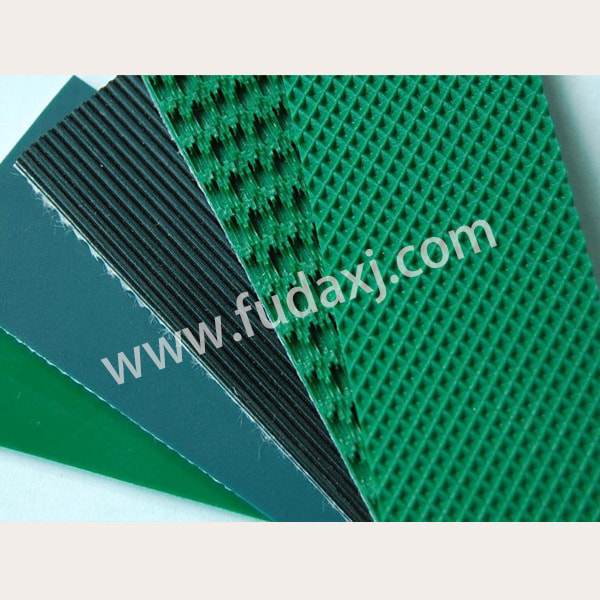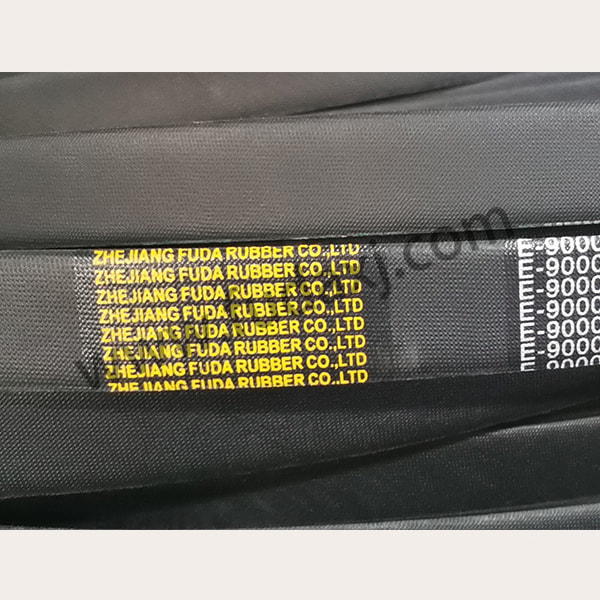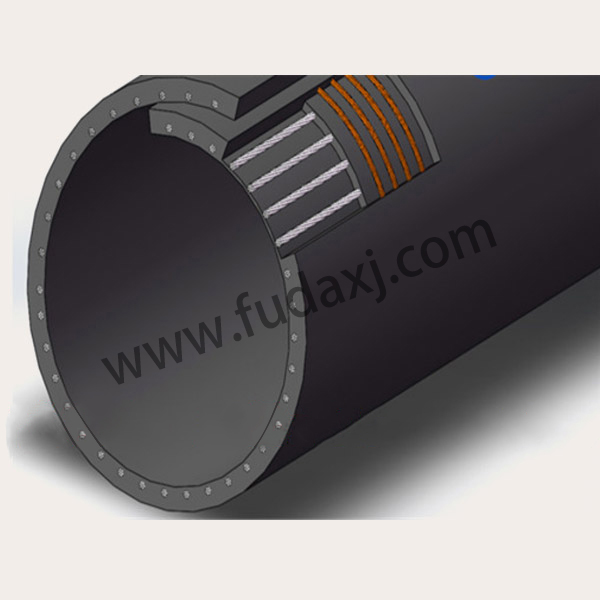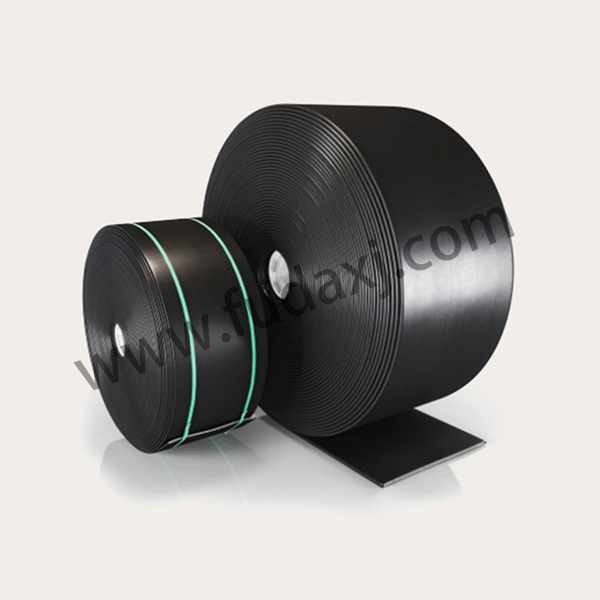
Supply Design EP Conveyor Belt Company in China Exporter
EP conveyor belts play a crucial role in material handling systems across multiple industries. Their structure, which combines polyester (E) and polyamide (P) fabric layers, provides a balance of strength, flexibility, and durability. These belts are widely used in mining, construction, agriculture, and logistics due to their ability to transport materials efficiently while withstanding various working conditions.
EP conveyor belts are designed for material transportation in various industries. They feature a polyester (E) and polyamide (P) fabric core, offering strength, flexibility, and durability. The rubber cover protects against wear and environmental factors. Common applications include mining, construction, agriculture, and logistics, ensuring efficient and reliable material handling.
EP conveyor belts consist of a multi-layer fabric core enclosed by rubber covers. The core includes polyester fibers in the longitudinal direction, providing high tensile strength and small elongation. Polyamide fibers in the transverse direction add flexibility and resistance to impact. This combination ensures stability and adaptability under continuous operation.
The outer rubber cover protects the fabric core from environmental factors such as moisture, abrasion, and chemical exposure. The thickness and composition of the rubber layer can be adjusted based on the specific requirements of the application, allowing the belt to perform effectively in different working conditions.
The polyester fabric reinforcement provides the belt with high tensile strength, making it suitable for transporting heavy or bulk materials over long distances. The structure ensures that the belt maintains stability under continuous load.
EP conveyor belts can operate on systems with curves, inclines, or high-speed movement due to their flexibility. This adaptability makes them ideal for various industrial applications where conveyor paths may change based on production needs.
The rubber cover protects the belt against abrasion, impact, and exposure to different environmental conditions. The material composition can be modified to improve resistance to heat, chemicals, or oil, depending on the industry’s requirements.
The polyester fabric in the belt core provides small elongation, ensuring stable operation without excessive stretching. This feature reduces the need for frequent adjustments, improving overall efficiency.
Industrial Applications:
Mining and Quarrying: Used for transporting bulk materials such as coal, ore, and minerals. The belt’s durability allows it to withstand rough and abrasive loads.
Construction and Cement Industry: Commonly applied in transporting cement, sand, and gravel. The ability to resist wear ensures reliability in demanding conditions.
Agriculture and Food Processing: Utilized for conveying grains, fertilizers, and processed agricultural products. Moisture-resistant properties make it suitable for humid environments.
Warehousing and Logistics: Supports the automated movement of goods, helping improve material handling efficiency in distribution centers.
Factors such as belt width, number of fabric plies, and rubber cover properties should align with the operational needs. Selecting the appropriate specifications helps optimize performance and longevity.
Regular inspections help detect signs of wear, misalignment, or surface damage. Cleaning the belt and ensuring proper tension can prevent operational disruptions and extend service life.
When signs of significant wear appear, replacing or repairing the belt on time helps maintain system efficiency. Using appropriate repair materials and techniques ensures continued performance.
EP conveyor belts offer a combination of strength, flexibility, and resistance to environmental factors, making them suitable for various industries. Their design allows for efficient material transportation, contributing to productivity and operational stability. Proper selection, maintenance, and timely replacement help big the belt’s service life and ensure consistent performance in different working conditions.
 English
English 简体中文
简体中文 Español
Español عرب
عرب
 English
English





 Fax: 0086-576-83019528
Fax: 0086-576-83019528